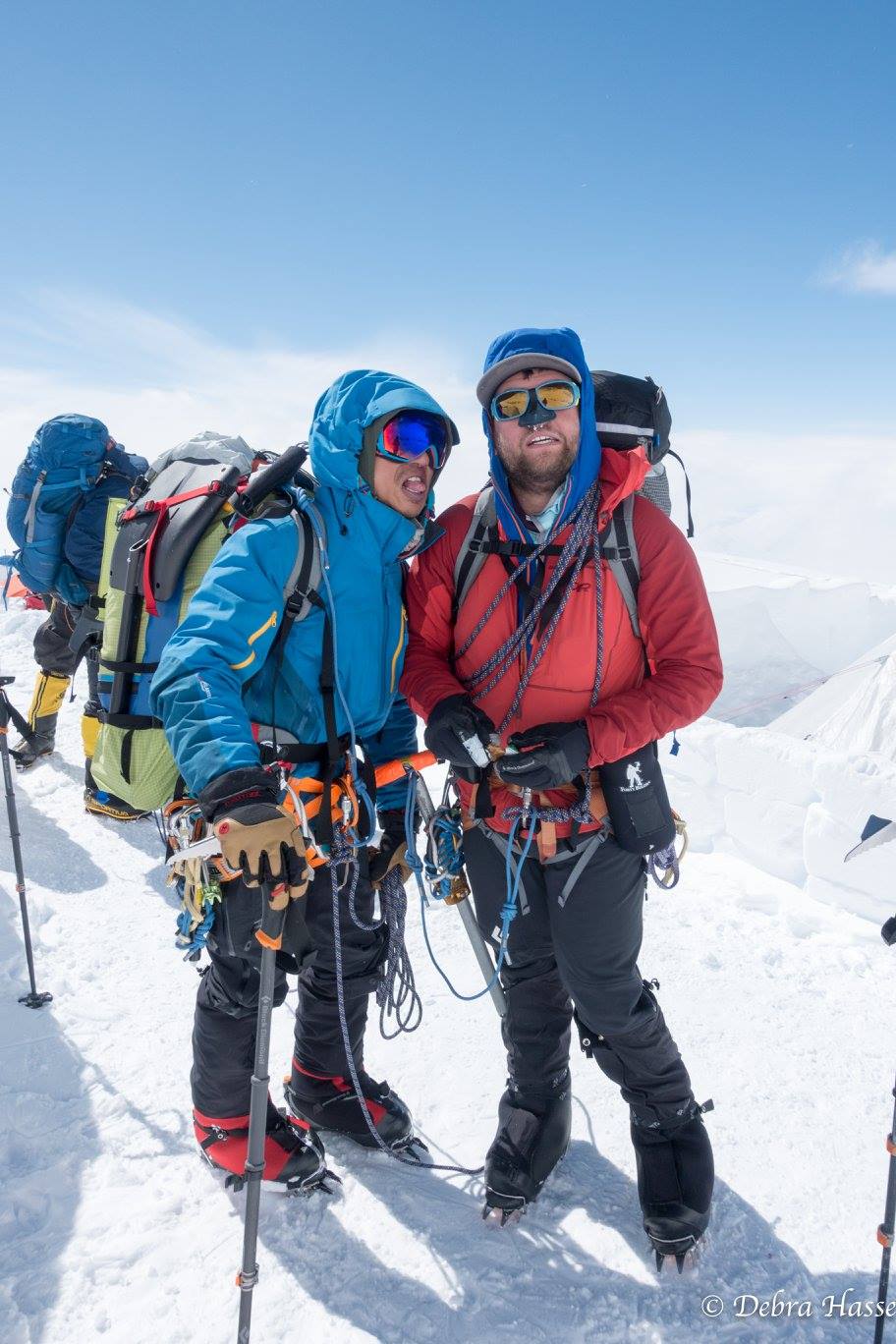Earlier this summer, on my birthday no less, I
had the bad luck to develop appendicitis while on a hike in the
Presidentials. While it was painful and
debilitating and yadda yadda, the thing that pissed me off the most was that it
screwed up my plans to do the Cathedral Traverse in the Tetons the week after
Labor Day.
Luckily, I had a successful operation, and
determined to not let my summer of training go to waste, I left New Hampshire
to join my Dad in Colorado. He was there
bagging 14ers with his long time friend, Paul Weatherall, and they had their
sights set on one of Colorado’s hardest, Little Bear Peak. Despite admonition from my surgeon, I decided
to join them. I figured the climbing was
easy enough that I wouldn’t be putting too much strain on my torso, and it had
been nearly three weeks since my surgery anyway. Paul W. is also a doctor, and he agreed to
keep an eye on me and we’d evacuate at the first sign of problems. I wasn’t worried.
We met up with a friend and regular climbing
partner, Paul Kaster, in Alamosa, CO and drove to about 10,000’ on the Lake
Como Road. This road is renown
throughout the West as being a 4 wheel drive testpiece, namely for its three
main obstacles: Jaws I, Jaws II, and Jaws III.
We were driving a Ford Expedition and a slightly modified Toyota
Landcruisier, and so we parked about ½ miles below Jaws I and began hiking.
Land Crushing up the Lake Como Road
 |
| Hiking into Lake Como Basin, with Northwest Face of Little Bear (14,035') |
As usual, early September in the Sangre de
Cristos is amazing. Warm during the day,
cool and dry at night. Perfect alpine
rock climbing weather if you ask me. We
camped around 11,900 feet just above Lake Como before leaving treeline, in an
absolutely beautiful spot.
 |
| Camp at 11,900' |
We got an alpine start the next morning and made
our way to the base of the Northwest Face.
This route is generally considered 4th class, if you can find
the easiest line. The first 200’ or so
is up a talus field which leads to the base of the first headwall. The first headwall is about 150’ or so of 4th
or low 5th class climbing, then the angle eases off a bit.
 |
| Alpine start |
 |
| Gearing up beneath the first headwall |
 |
| 4th class through the first headwall |
 |
| Top of the first headwall with the Lake Como Basin beyond |
After about 300’ of lower angle scrambling, you
come to the base of the second headwall.
This is the crux of the route, and depending on what line you take, you
can keep it at 4th class or go more directly at easy 5th. Climbing unroped, I got slightly off route
and made some exposed moves that I would rate about 5.4, a little more
difficult than I had planned to be climbing without a rope, especially so soon
after surgery. I pulled the moves and
then sat to rest on a small ledge. I
felt a sharp pain in my abdomen, and seriously wondered if I had screwed up big
time. Thankfully, the pain receded and I
was able to finish the climb and the descent without incident.
 |
| Easier ground between headwalls |
 |
| Starting the second headwall |
 |
| 4th or low 5th class on the second headwall |
 |
| Just passed the crux of the second headwall. Ellingwood Point in the background |
 |
| Paul Kaster just below the summit ridge |
The second headwall leads to the spectacular
summit ridge of Little Bear. This ridge
which connects Little Bear to the nearby Blanca Peak is long, technical, and
exposed. It’s probably the greatest of
the four great 14er traverses in Colorado.
Once you gain the ridge, a short, exposed slab leads to easier ground
and then the summit is only a few hundred easy yards away.
 |
| Paul Kaster on the summit ridge with Blanca Peak in the background |
 |
| Dad finishing the last few yards to the summit of Little Bear Peak |
On the summit we met with a few folks who came
up the Hourglass Couloir, the standard route.
The Hourglass is one of the most dangerous stretches on any CO 14er,
because it serves as a garbage chute for the delaminating face above it. Rockfall is a serious danger, and knowing
this, we teamed up with the folks who came up that way and descended as a group
in order to minimize rockfall. Once past
the Hourglass, the descent is straightforward back to Lake Como. A nice miserable scree gully leads down from
the ridge crest and back to the Lake.
 |
| Paul Kaster on the summit of Little Bear Peak |
We really didn’t want to drive down the Lake
Como Road in the dark, so we packed up camp quickly and headed down. We reached the cars in short order, and made
it out just before sunset.
 |
| Beautiful sunset on the way out |
Overall, this was one of my favorite climbs on a
CO 14er. It has enough technical
difficulty to keep you on your toes, but not so much to make it a long
endeavor. It was a great climb to do post
surgery, as it was easy enough to climb with minimal core engagement, but not
so boring as a straight up hike.


















